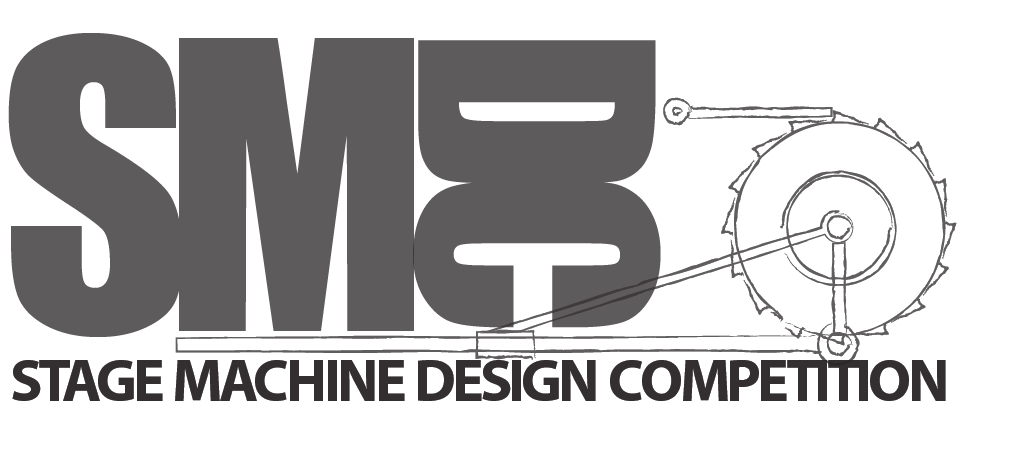

2023 CHALLENGE
2023 COMPETITION SPONSORS

2023 Challenge Description: Guess Who?
You and your team have been hired to design a machine for an upcoming museum event centered around family game night. Your specific challenge: for an installation based on the game Guess Who, children will have to be able to flip panels that are approximately 3’ wide by 5’ long. The event designers have created the actual flipping panels and the structures they are housed in; your task is to design a drive train that would allow a child to flip these panels by hand, at a distance from the axis of rotation.
The museum will provide the rotating panel (including the base it is installed into). You will need to design a mechanism that allows a participant to push on a handle to cause the panel to pivot up and to pull on that handle to cause the panel to pivot back down. Participants will vary in age from very young (around five years old) to parents and other adults; consequently, the range of motion of the handle and the force required to move it must be sized appropriately. Depending on the testing set up, adults, on average, have been found to be able to push with anywhere between 70 N (16 lb) and 200 N (45 lb), whereas children around age five—depending on the testing set up—have been found to be able to push with between 1 N (.25 lb) and 75 N (16lb) of force. For the purposes of this display, the museum staff has settled on a maximum push force of approximately 22 N (5 lb) of force. Similarly, the average length of a five-year-old’s arm is approximately 8 to 12 inches; consequently, the museum staff would like the pushing/pulling action required for this effect to be no more than the minimum length: 8 inches. Additionally, the operating height of the lever/handle should be 21 inches from the floor.
For the purposes of this competition your design will need to fulfill the following expectations:
- Transfer a maximum applied force of 22 N (5 lb) at the handle/lever to the shaft of the provided pivoting panel with sufficient torque to pivot the panel.
- Transfer the horizontal translation of the handle/lever of 8″ to the shaft of the provided pivoting panel such that the panel rotates through the desired 100° of travel. (Note: the handle level does not need to travel only in a straight line—it can rotate around some axis a la a crank of some kind; however, the maximum horizontal translation must be no more than 8″.)
- Transfer the motion of the handle to the shaft of the provided pivoting panel such that a push on the handle will cause the panel to pivot up and a pull will cause the panel to pivot back down.
- The pivoting panel should remain in place without any additional force applied at the end of travel in each direction.
- The interface point to the pivoting panel will comprise a 1″ diameter keyed shaft. A key will be provided; you will need to ensure that your mechanism can be securely fastened to the shaft for operation.
- The pivoting panel will be constructed using 3/4″ plywood; for the given size (3′x5′), it will weigh approximately 28 lb.
Download a PDF of this description.